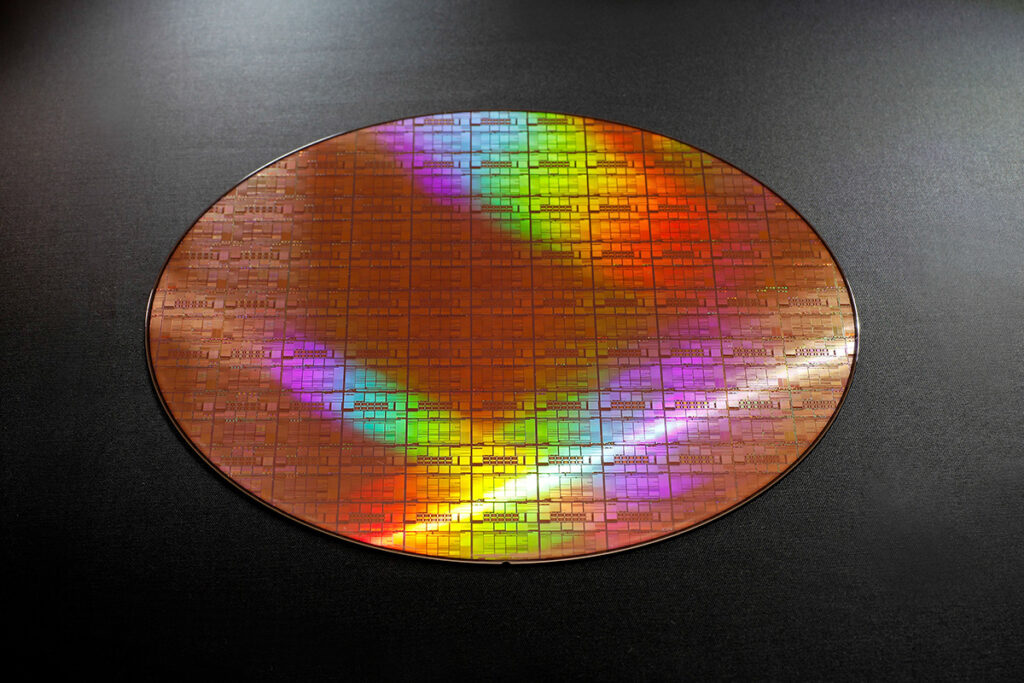First prototypes successfully demonstrate electrical characteristics as the company continues to hit targets leading up to 2027 mass-production
TOKYO, July 18, 2025—Rapidus Corporation, a manufacturer of advanced logic semiconductors, today announced that prototyping has started for its 2nm gate-all-around (GAA) transistor structure at Rapidus’ Innovative Integration for Manufacturing (IIM-1) foundry. The prototype wafers also started to obtain their electrical characteristics.
Rapidus’ new IIM-1 foundry represents a significant advancement over the traditional foundry model. The company is re-imagining how semiconductor factories should think, learn, adapt and optimize processes in real time through cutting-edge methods and technology including:
- Fully single-wafer front-end processing: In a single-wafer process, adjustments can be made to a single wafer, inspected and if successful, applied to all subsequent wafers. Single wafer captures more data, enabling AI models to be trained to improve wafer production and increase yields. Rapidus is one of the first companies that will commercialize fully single-wafer processing, which is central to its Rapid and Unified Manufacturing Service (RUMs).
- Extreme Ultraviolet (EUV) lithography: EUV lithography is one of the key technologies for realizing 2nm semiconductors. An advanced lithography process is critical for forming the 2nm generation GAA structure. Rapidus is the first company to install advanced EUV machinery in Japan. Additionally on April 1, 2025, the company successfully completed EUV exposure, approximately three months after the equipment was delivered in December 2024.
Rapidus is developing a Process Development Kit compatible with IIM-1’s 2nm process and will release it to advance customers by Q1 2026, while preparing an environment in which customers can start their own prototypes. Rapidus will begin mass-production in 2027.

About Rapidus Corporation
Rapidus Corporation aims to develop and manufacture the world’s most advanced logic semiconductors. We will create new industries together with our customers through the development and provision of services to shorten cycle times in design, wafer processes, 3D packaging, and more. We will continue to challenge ourselves in order to contribute to the fulfillment, prosperity and happiness of people’s lives through the use of semiconductors.
About Rapidus Corporation
Headquarters: 4-1 Kojimachi, Chiyoda-ku, Tokyo 102-0032, Japan
Establishment:August 10th, 2022
Executives:Tetsuro Higashi, Chairman of the Board of Directors
Atsuyoshi Koike, President and Representative Director
Business:Research, development, design, manufacture, and sales of semiconductor devices, integrated circuits and other electronic components
Capital, etc:7,346 million yen (as of November 2022)
(includes the amount of capital reserve)
U.S. Media Contact:
Breakaway Communications for Rapidus
Email: rapidus@breakawaycom.com

